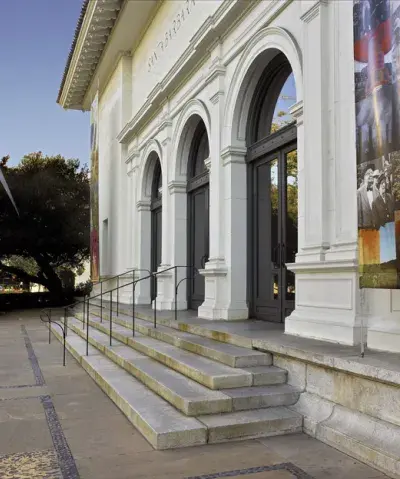The Visionary Photomontages of Herbert Bayer, 1929-1936
The Visionary Photomontages of Herbert Bayer, 1929-1936, a selection of twelve photographs by Bauhaus artist Herbert Bayer (1900–1985), will be exhibited in tandem with the international loan exhibition The Paintings of Moholy-Nagy: The Shape of Things to Come. Influenced by the photographic works of László Moholy-Nagy and the modernist Bauhaus credo―there is no one true art form but rather an intersection of all art in pursuit of an idea, Bayer’s work as a photographer reflects his mastery of graphic design. Made in Berlin as Weimar culture faded and Hitler rose to power, the exhibited photomontages grapple with the tumultuous modern world as the artist experienced it between the years 1929 and 1936. A testament to Bayer’s wit and life experiences, these dreamlike photomontages harness the clinical detachment of the Bauhaus to create disturbing images that unveil primal scenes of forbidden desire and the dilemmas posed by individual but also national identity. In his abstract, often playful rearrangement of photographic fragments, Bayer reanimates fantasies from memory, history, nature, and Germanic identity.
- Galleries:Ridley-Tree,

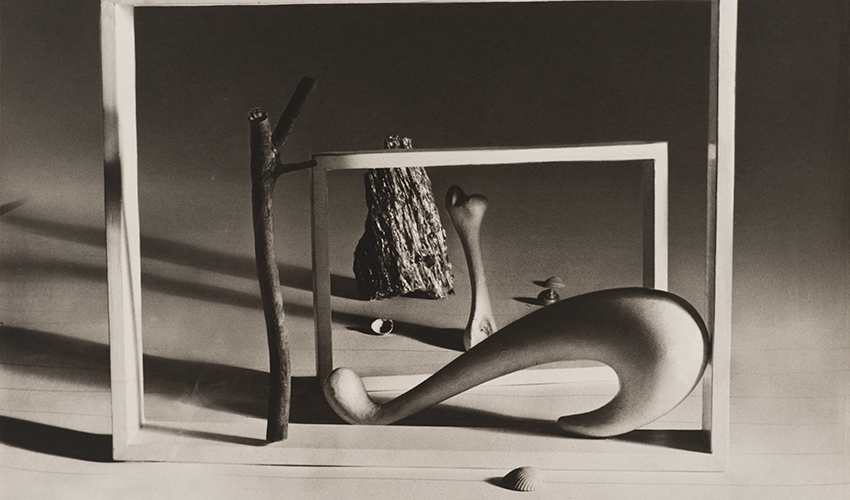
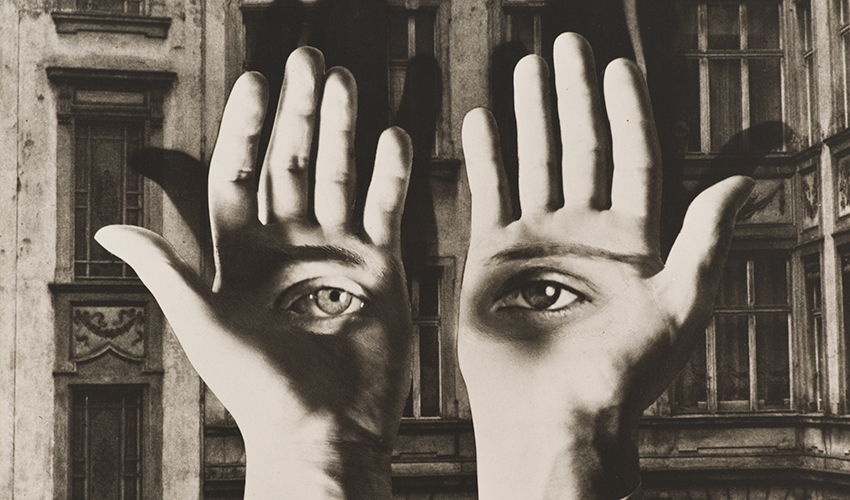

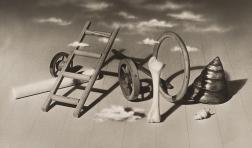

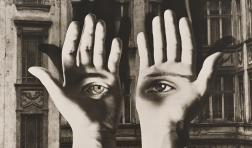
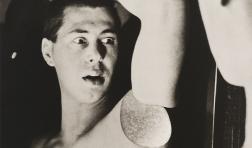



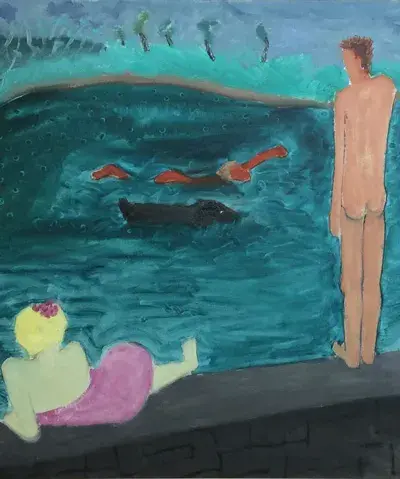



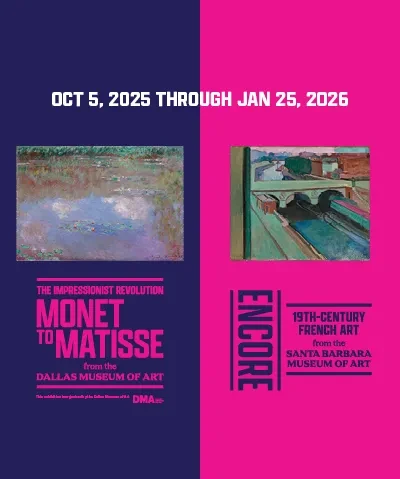





![memberseve[1]](https://www.sbma.net/sites/default/files/styles/menu_thumbnail_400_480/public/menu/memberseve%5B1%5D.jpg.webp?itok=hIz01lpc)




